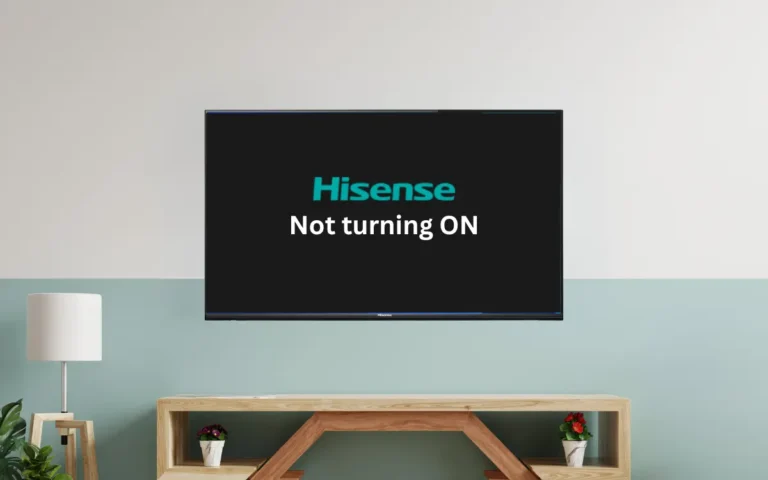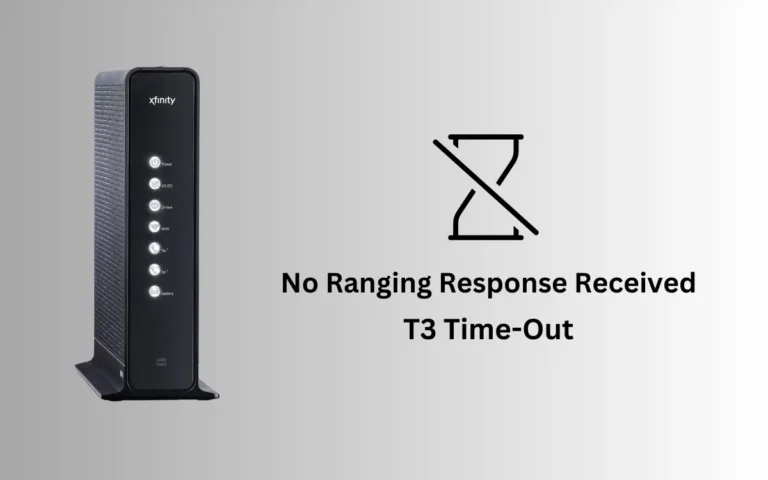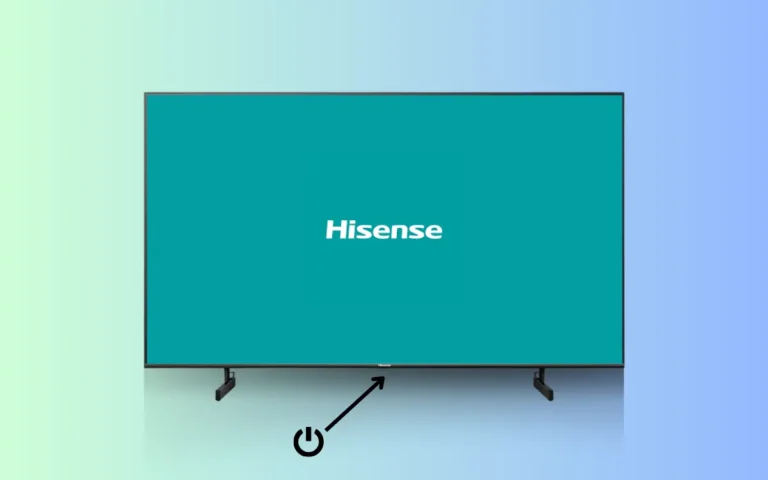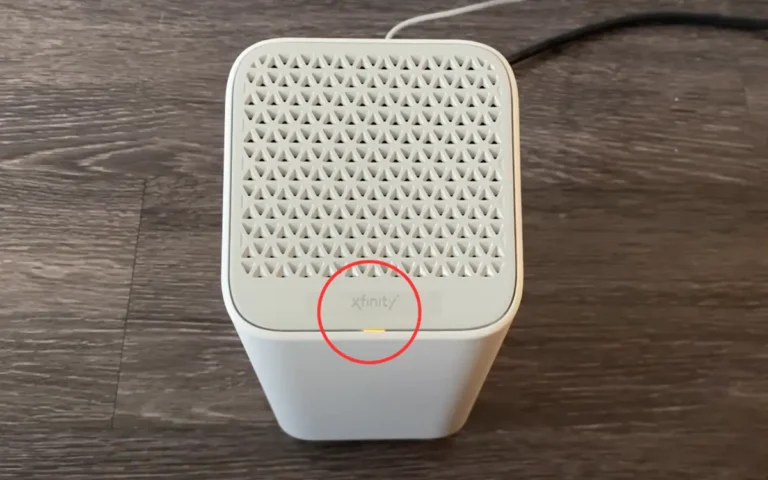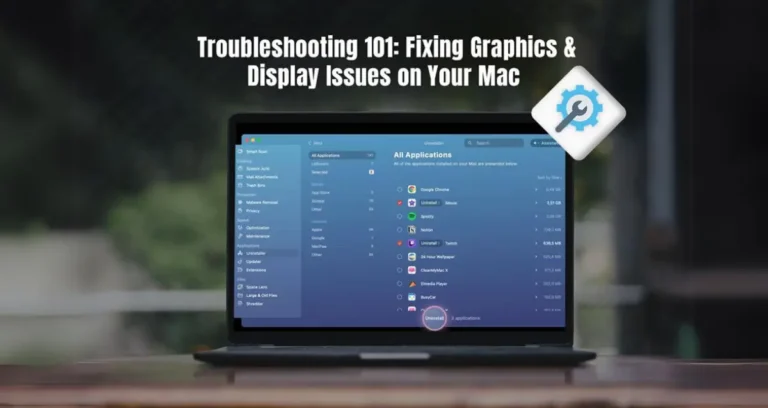Using Barcode Scanners in Medical Applications
It is in an emergency room or in medical applications that barcode scanners play a very important role.
Efficiency and accuracy are paramount in fast-moving ERs and other medical settings. Medical professionals should deliver accurate treatment promptly, often under pressure. Barcode scanners have been rendered very important tools in such an environment to promote patient safety, smooth procedures, and quality of healthcare delivery. This blog post details how barcode scanners are applied in ERs and other medical settings to enhance healthcare delivery.
Better Patient Identification for Improved Safety
Better patient identification is one of the most prevalent applications of barcode readers in the emergency department. When patients come to the emergency department, they are registered and a unique barcode is assigned. This barcode can contain vital patient information, such as the patient’s name, date of birth, medical record number, and sometimes special medical conditions or allergies.
Medical staff scan the barcode on the patient’s bracelet at every step of the treatment process. With this practice, there exists a minimum misidentification risk, which is assurance that the right patient will get the right treatment. Barcode scanning provides an added layer of verification and security in an environment where mistakes could mean serious repercussions.
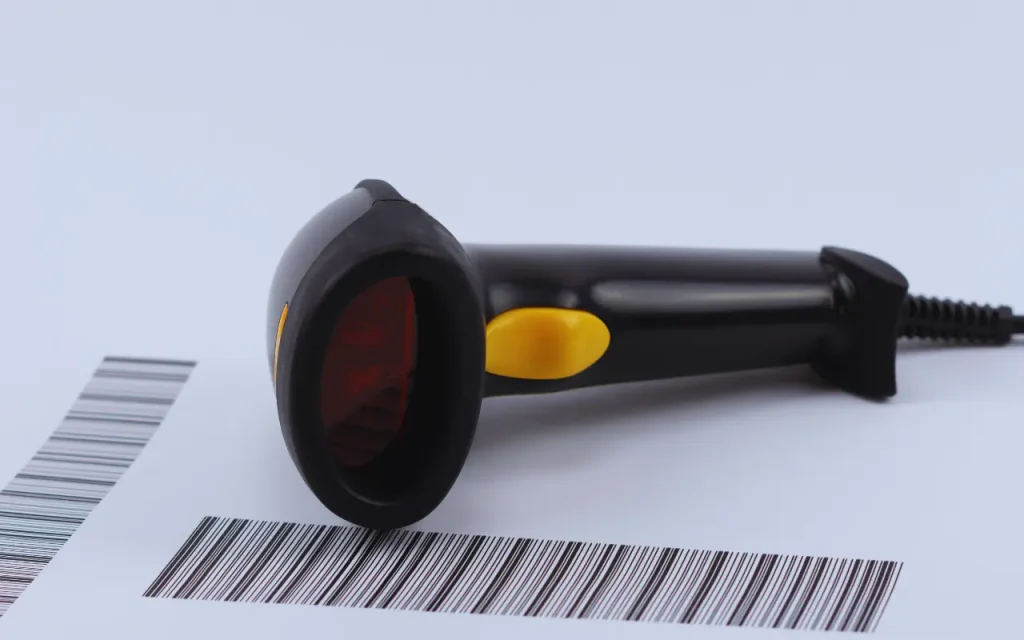
Simplification of Medication Administration
It is where medication errors may have serious implications in a medical setting. Barcode scanners usually help in the medication administration process, starting with the confirmation of the right medication to the right patient in the right dosage. Every medication has a barcode that contains details such as the drug name, dosage, and expiration date.
Nurses and pharmacists scan the patient’s wristband and barcode of medication before administering the medication. The double-check system minimizes errors and provides complete assurance to meet the “five rights” of medication administration: the right patient, the right drug, the right dose, the right route, and the right time. Barcode scanning enhances patient safety and improves clinical outcomes by reducing the risk of medication errors.
Improved Laboratory Workflow and Accuracy
Barcode readers support laboratory activities in the hospital. When a sample is collected from a patient, it is barcode-labeled to connect that specimen with the patient’s electronic medical record. That barcode is scanned at each subsequent step of the testing process, from collection to the final report.
Laboratory use of barcode technology helps ensure sample tracking and accurate matching between results and the correct patient. Barcodes can reduce sample mix-ups and specimen loss, further increasing the reliability of test results. Barcode scanners, when integrated with the lab management software, enhance the workflow, making the reporting of laboratory results faster and more accurate.
Blood Transfusion Safety Can Be Facilitated
Blood transfusions can be life-saving, but they can also have serious risks if not performed appropriately. Barcode scanners play a very important role in the process of blood transfusion. There are barcodes on the blood bags and patients’ identification bracelets.
This scanning process checks the blood type with the patient; blood compatibility is assured, and transfusion reactions are reduced because of this. Besides improving patient safety, barcode technology in this context ensures conformance with the stringent regulatory standards for blood transfusion practices.
Management of Medical Inventory and Equipment
Proper inventory management in emergency rooms or other medical settings ensures that supplies or equipment are always available. Barcode readers identify and track medical inventory, from pharmaceuticals and surgical instruments to personal protective equipment.
Items are barcoded, and movement is monitored through scanning at different points, such as receipt, storage, and use. This assists in maintaining accurate inventory, reducing wastage, and reordering supplies in time. Barcode scanning also helps in maintaining and calibrating medical equipment so that it is available and in good working order.
Improving Patient Records and Billing
Proper, accurate documentation is necessary in a medical facility, both for patient care and administrative purposes. Barcode scanners speed up EHR updating by ensuring accuracy in patient information capture.
This information is instantly uploaded to the EHR system when medical personnel scan a patient’s barcode bracelet in various procedures. This will increase the accuracy of patient records, help clinical decision-making, and improve overall coordination of care.
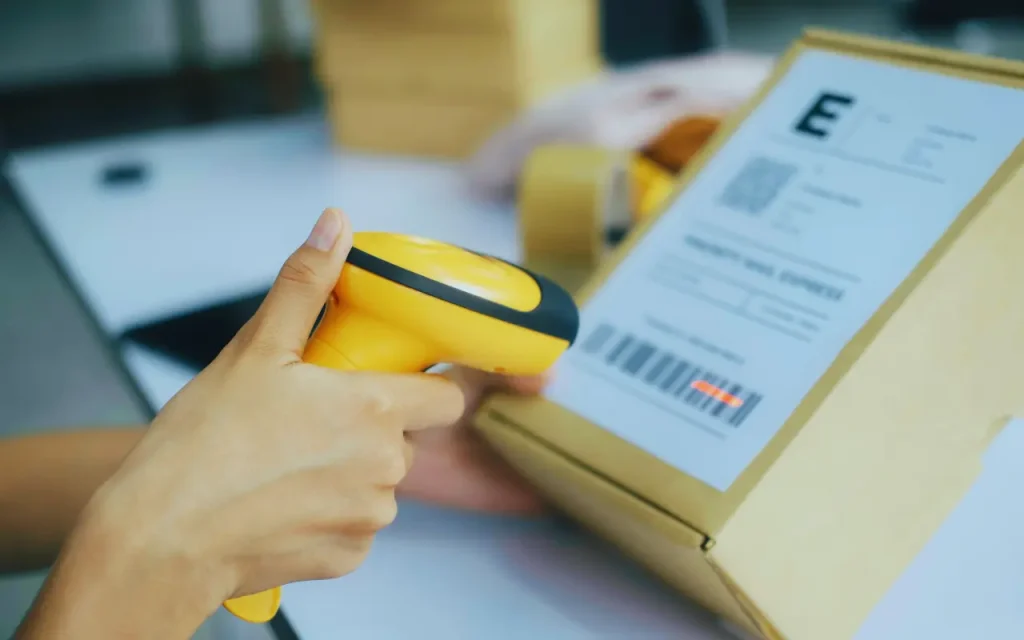
This is in addition to the fact that barcode technology makes the billing process much easier. Accurate billing is possible through the scanning of barcodes attached to treatments, medications, and procedures. This helps not only in better financial management but also in terms of patient satisfaction by reducing discrepancies in their bills.
Future Trends and Innovations
The application of barcode scanners in health institutions is ever-changing, with new innovations aimed at improving patient care and operational efficiency. For instance, barcode technology linked to mobile devices and cloud systems is trending. The mobile barcode scanners bring improved flexibility and mobility since medical personnel can scan and access patients’ information wherever they are within the health facility.
Moreover, inventing more complex barcode symbologies, like 2D barcodes, allows for larger amounts and details of information to be encoded. This gives a much wider range of data capture for patient care and medical research purposes.
Adoption of Barcode Technology in Healthcare
Barcode scanners are part of today’s healthcare, particularly in emergency rooms and all other medical environments. It is indispensable for quality patient care through its aid in patient identification, medication administration, laboratory accuracy, and inventory management. Innovative barcode solutions will continue to revolutionize the delivery of healthcare in years to come by making it safer, more efficient, and more effective for patients and medical personnel alike.
FURTHER READING

